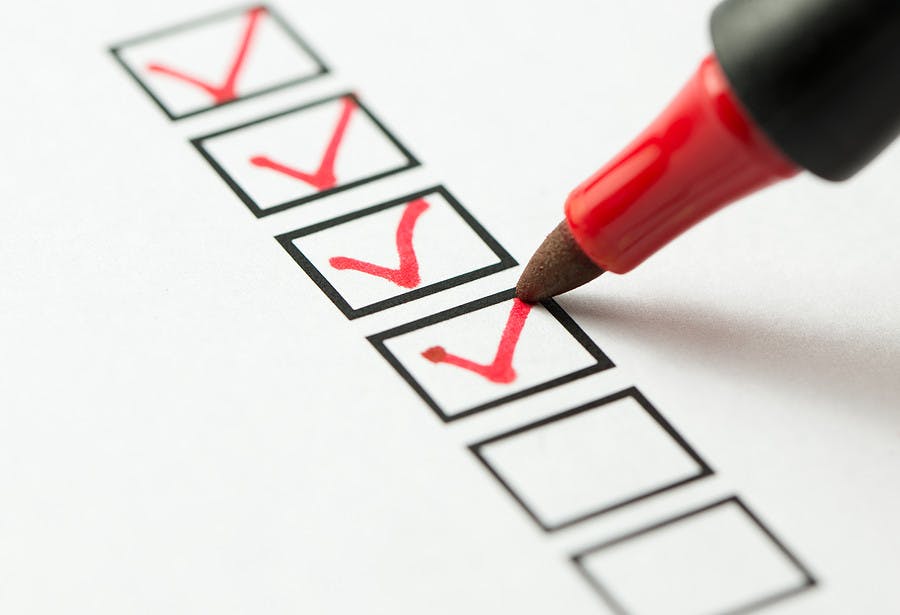Companies are grappling with countless challenges as they navigate the COVID-19 pandemic. From layoffs to work-from-home mandates, businesses are drastically reshaping their structures and workflows to ensure survival during these uncertain economic times.
These organizational shifts bring with them a bevy of compliance challenges. The U.S. Equal Employment Opportunity Commission (EEOC) and the Department of Labor are aggressively pursuing EEO enforcement during the pandemic. Through a series of public announcements, the organizations have made it clear that they aren’t just watching employers — they are also encouraging employees to report any alleged mistreatment.
Though the pandemic has, in some ways, changed how the EEOC investigates complaints of discrimination, the process is still one your company should strive to avoid. Simply put, compliance professionals may always not meet a legal definition of essential workers these days, but make no mistake — they are essential to your business.
Particularly as workplaces evolve in coming months, compliance professionals can oversee a company’s virtual environment to ensure it remains free of discrimination, harassment, and retaliation. This is easier said than done, of course. Countless new conversation venues and information flows have cropped up during the pandemic. Consider all of the Zoom meetings that occur every day with minimal corporate visibility. In these unique circumstances, a compliance function needs to work extra hard to spot potential problems and fix them before employees potentially report them to the EEOC.
This is no time to neglect your compliance focus. Instead, you should recognize the many compliance challenges your company will face in the foreseeable future. To limit your legal risk:
- Follow the EEOC’s lead. The EEOC is actively soliciting complaints from employees, and your company should take a similar approach. The most obvious benefit of this proactive strategy is that you give your business a chance to handle issues internally before involving law enforcement. Additionally, this proactive approach reminds employees that your organization truly cares about how they’re doing. You send a clear message that you are aware that certain groups or individuals might be particularly vulnerable, and you show that you are actively trying to support them.
- Do not outsource compliance to your legal department. If you haven’t done so already, you should create a process that keeps your compliance team abreast of any alleged discrimination, harassment, and retaliation. If these complaints are funneled directly to your legal department, there will likely be confidentiality protocols in place that restrict the amount of information your compliance team can garner. However, legal should be able to come up with an effective way to deliver useful insights that keep your compliance professionals up to speed.
- Amend your policies and practices. Your company’s pandemic response has likely introduced new variables into its operational equation. As an example, your business may have started to use new information-sharing platforms like Microsoft Teams. Be sure to review the extent to which existing company policies and practices cover any new tools. If necessary, make changes or create new policies to address any gaps. Finally, take the most critical step: Reflect those changes back out to the field. Remind people of relevant company policies and how they affect the use of any new platforms and technologies.
Ultimately, EEO enforcement hasn’t wavered. And neither should you in maintaining compliance.
